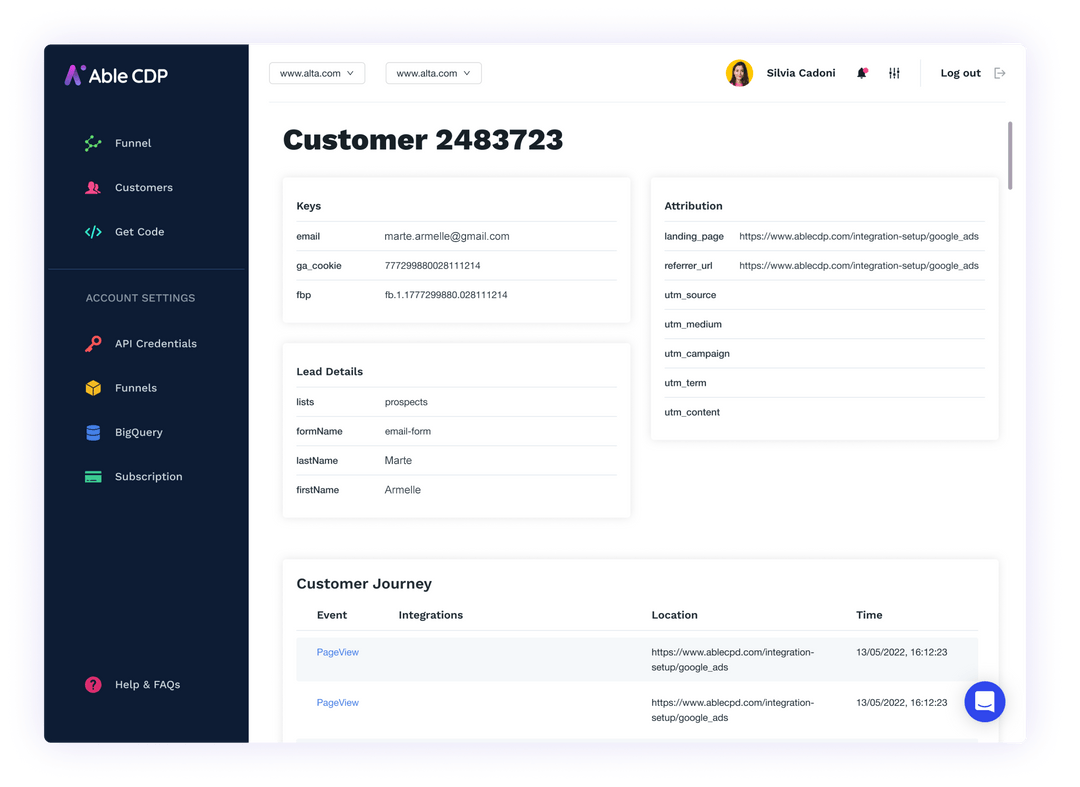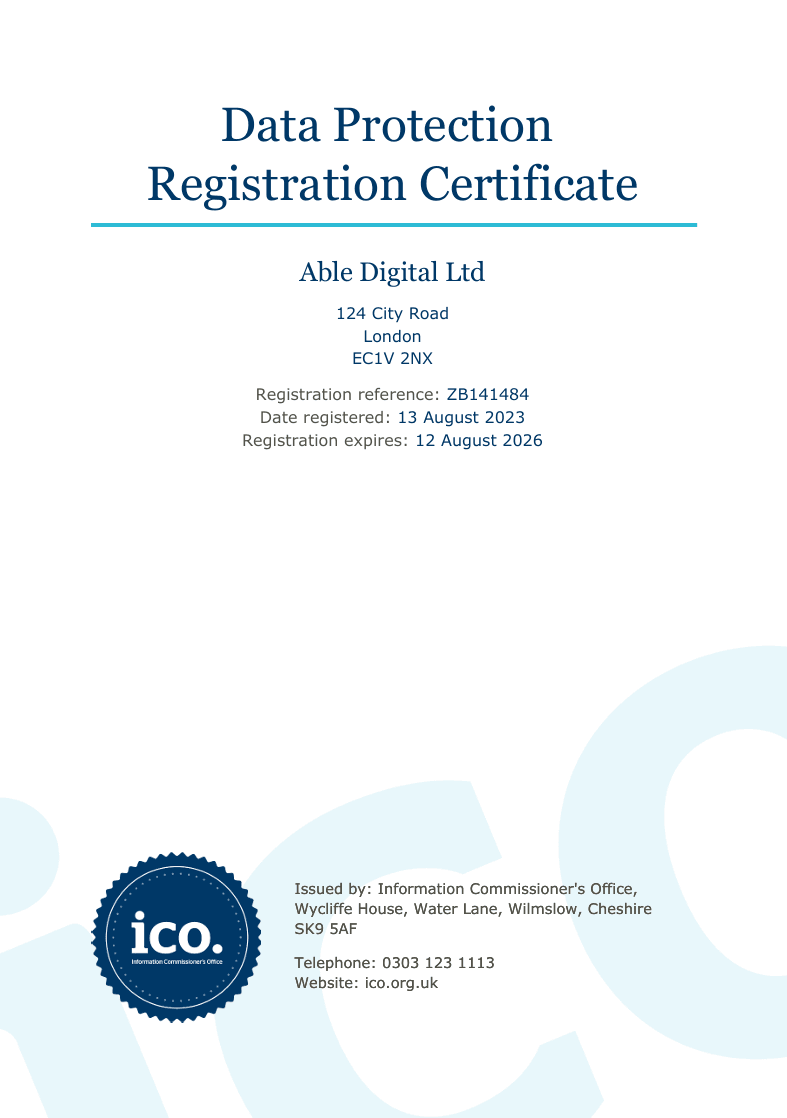SaaS funnels present unique challenges to tracking and attribution. Conversions occur in different systems, each using a different customer identifier.
On the website
When visitors come to the website, their sources and paid click ids should be recorded in order to allow analytics and ad platforms to attribute future revenue correctly.
In the application
When a customer signs up in an application, or follows a Stripe checkout link, their account should be associated with the website visitor source.
In a payment system
When a conversion to subscription occurs, it happens in a server-side system such as payment provider or a custom back-office that should be associated with the rest of the customer journey.


















